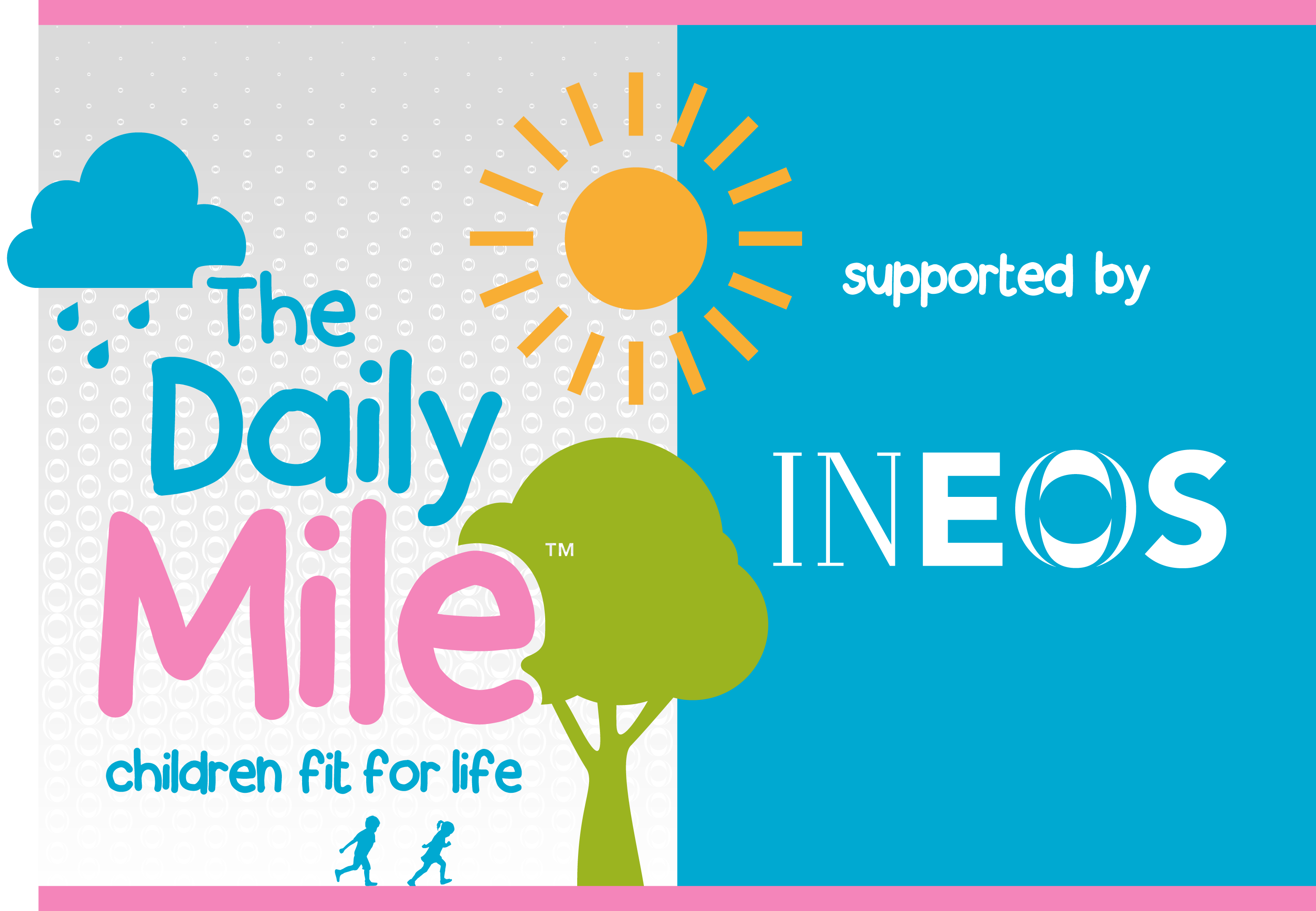Does running a mile a day really improve children’s lives?
Source: The Guardian
Date: 21-May-2018
The Scottish school that asked primary pupils to do 15 minutes of exercise every day started a global trend – and research suggests it really is transforming lives.
It was an 80-year-old volunteer who prompted Elaine Wyllie, the then headteacher of St Ninians primary school in Stirling, to reappraise the fitness of the children in her school. “Your children are not fit,” the volunteer told her. Wyllie was stung by the comment, even though she suspected it was true. The PE teacher confirmed it. “Most children these days are exhausted by the warm-up,” she said.
Since then, this concept of sending children outside during normal lesson time to run or walk laps of the playground for 15 minutes a day has spread to more than 3,600 primary schools in 35 different countries. Yet, while there has been plenty of anecdotal evidence about its benefits, until now hard data has been lacking. Earlier this month, a study was published that looked at 391 children at two Scottish primary schools. Seven months after starting The Daily Mile, children who had been doing it could run 5% further during a timed shuttle-run test than the other children. They had increased their moderate/vigorous physical activity by nine minutes a day and had cut their total sedentary time by 18 minutes.
The children also experienced a 4% reduction in the size of their skin folds, suggesting that they were becoming leaner. This is important because 30% of children between the ages of seven and 11 in England and Scotland are overweight or obese; this is associated with a greater risk of diabetes and cardiovascular disease in later life. “Children often learn about healthy eating and the benefits of physical activity at school, but the kids who are doing The Daily Mile aren’t just learning it in their minds; they are learning: ‘This is something I do every day, as part of my day, and this is how it makes me feel,’” says Naomi Brooks, a senior lecturer in sport at the University of Stirling, who led the study.
One reason exercise is considered so important for children is because it helps establish lifelong habits. “If you are generally active as a youngster, it has a moderately positive effect in terms of your intention and commitment to being active as an adult,” says Prof Craig Williams, director of the children’s health and exercise research centre at the University of Exeter. There are also other long-term consequences. Late childhood and early adolescence are critical times for laying down bone, which reaches its peak density in our 20’s, declining thereafter. The higher your bone density during youth, the lower your risk of fractures and osteoporosis in later life. “The idea is that we try to put as much bone as possible ‘in the bank’ as youngsters,” says Williams. “The mechanical stimulation of our body weight going through our bones, muscles and tendons when we jump up and down, stimulates our bone cells to grow and lay down new bone.”
Even so, some question the logic of reducing children’s lesson time by 15 minutes each day; surely they could find ways of being more active at other times? Yet, according to a consensus statement released by Williams and 23 other child-health experts in 2016: “Time taken away from lessons for physical activity is time well spent and does not come at the cost of getting good grades. Physical activity has been found to boost young people’s brain development and function, as well as their intellect.” Indeed, in a previous study, Brooks found that a single bout of exercise left children feeling more awake, increased their attention and verbal memory and improved their feelings of wellbeing.
Wyllie’s intention was simply to get the children fit, but what has pleased her most is the levelling effect it appears to have: “It seems that the less fit and more overweight the kids are at the start, the more they benefit,” she says. Given that obesity is more prevalent among lower socioeconomic classes, interventions such as The Daily Mile could help to close the gap in health inequality between rich and poor. If true, 15 minutes a day would be a small price to pay.
This article has been reproduced with the kind permission of the content creator, The Guardian. To read the article in full, please click the link below.




